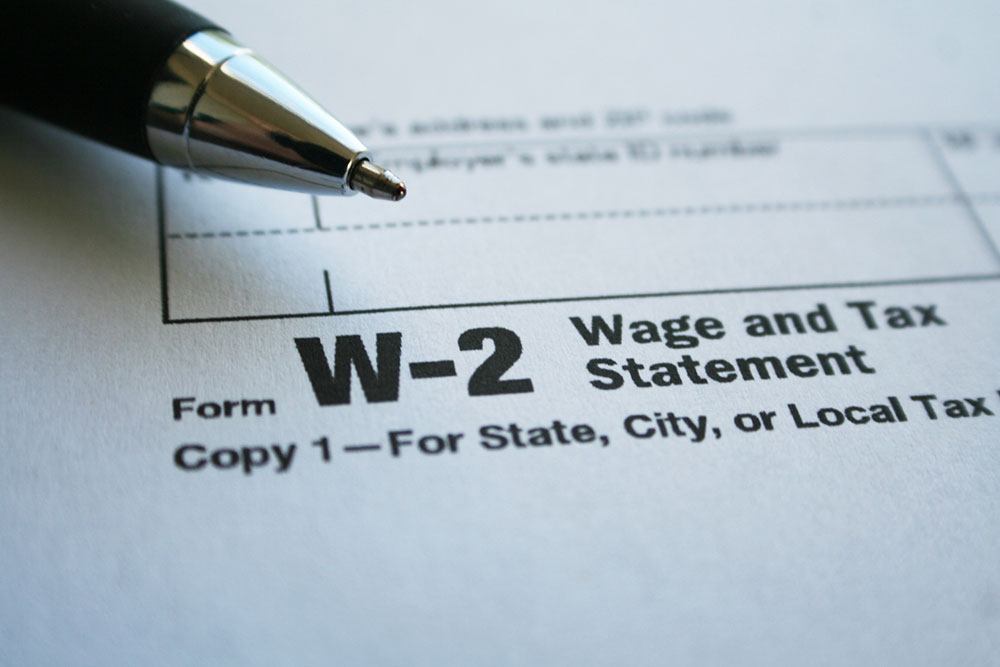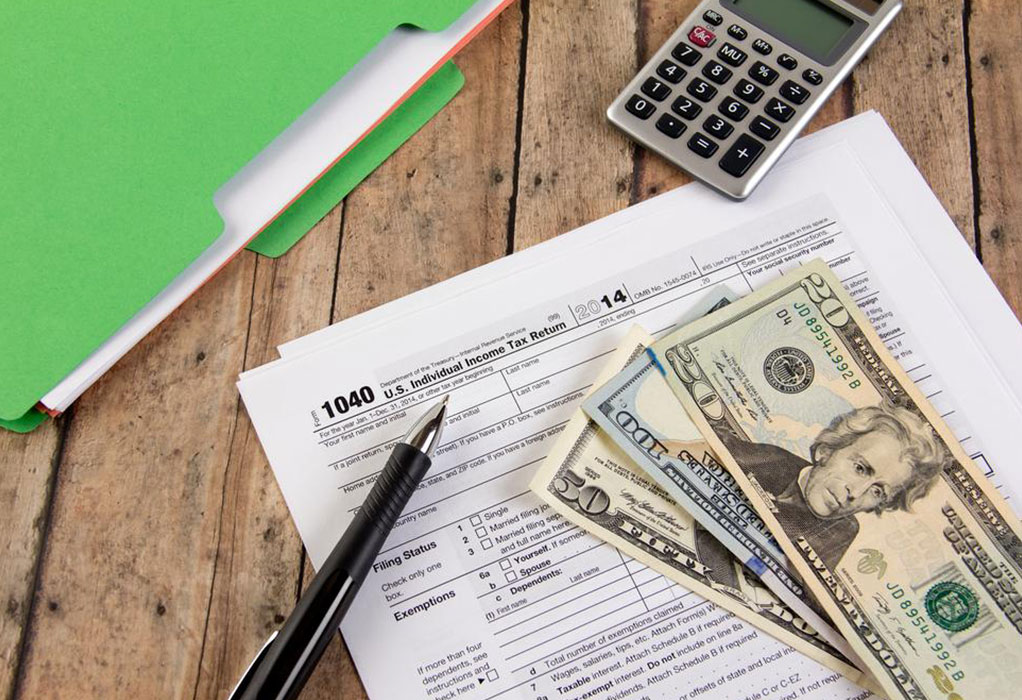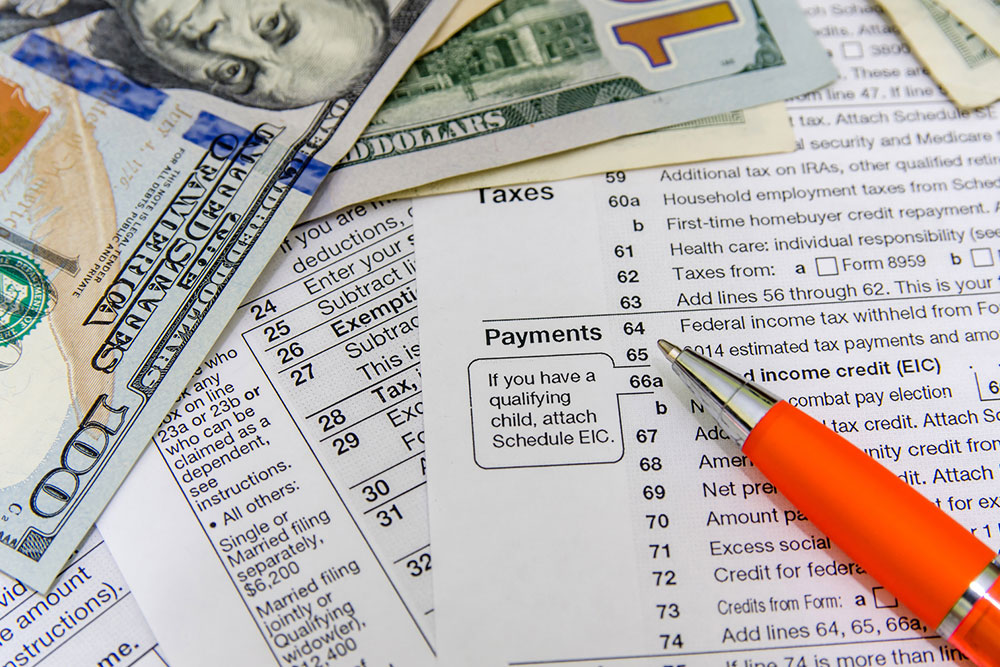Choosing the Ideal Tax Preparation Software
Learn how to select the best tax software tailored to your employment type and financial needs. Find out which features ensure accuracy, ease of use, and comprehensive support to make tax filing stress-free. This guide highlights key factors like deduction options, user support, and data portability, helping you choose the ideal tool for a smooth tax season. Save time and maximize your returns with the right software suited for your specific situation, whether you’re an employee, freelancer, or business owner.

Choosing the Ideal Tax Preparation Software
Tax season deadlines have shifted slightly this year, with filing due date extended to April 18th from the usual April 15th. Filing income taxes involves complex calculations across federal, state, and local levels, considering factors like earnings, filing status, and location. While hiring a tax professional can ease this burden, cost-conscious taxpayers can opt for reliable online tax software to file simple returns such as 1040EZ or 1040A. These tools simplify the process and help ensure accurate submissions, saving time and reducing anxiety.
The best tax software not only makes filing easier but also educates users, boosting confidence and minimizing the risk of audits. Based on recent user reviews, we’ve summarized top software options that offer features like free filing for low-income earners, beginner-friendly interfaces, advanced deduction tools, and error-free calculations. These programs enhance your experience with accurate processing, multiple refund options, and deduction discovery, making tax filing straightforward and even enjoyable.
When selecting tax software, consider these key factors:
Your employment type: Whether you're a full-time employee, self-employed, freelancer, or business owner, your tax needs differ. Choosing software tailored to your job type ensures more precise filing.
Appropriate software version for your income and taxes: Leading tax software providers typically offer four main editions: a free federal version for basic returns, a basic paid edition with deduction tools, a deluxe version with occupation-specific deductions, and a premium version with comprehensive features including rental and business deductions.
Available deductions: Standard deductions vary—$9,300 for head-of-household filers, $6,300 for single filers, and $12,600 for married filing jointly. Additional deductions like charitable contributions, business expenses, vehicle deductions, and rental property write-offs are also supported by quality software.
Key features to look for include:
Accuracy guarantee: Reliable software ensures precise calculations and covers penalties or interest arising from errors, providing peace of mind.
Audit risk detection: The software should flag potential audit triggers, helping you report all income correctly and comply with foreign account rules.
Refund disbursement options: Flexibility in receiving refunds via check, direct deposit, prepaid cards, or other methods is essential.
Customer support: Access to knowledgeable support through chat, email, phone, or live sessions ensures help when needed.
Data portability: Features like importing prior year data or uploading documents via photos streamline the process.
Device compatibility: Ensure the software works seamlessly on desktops, smartphones, and tablets for convenient use.
Educational resources: Comprehensive guides and tips on tax saving strategies enhance user experience.










